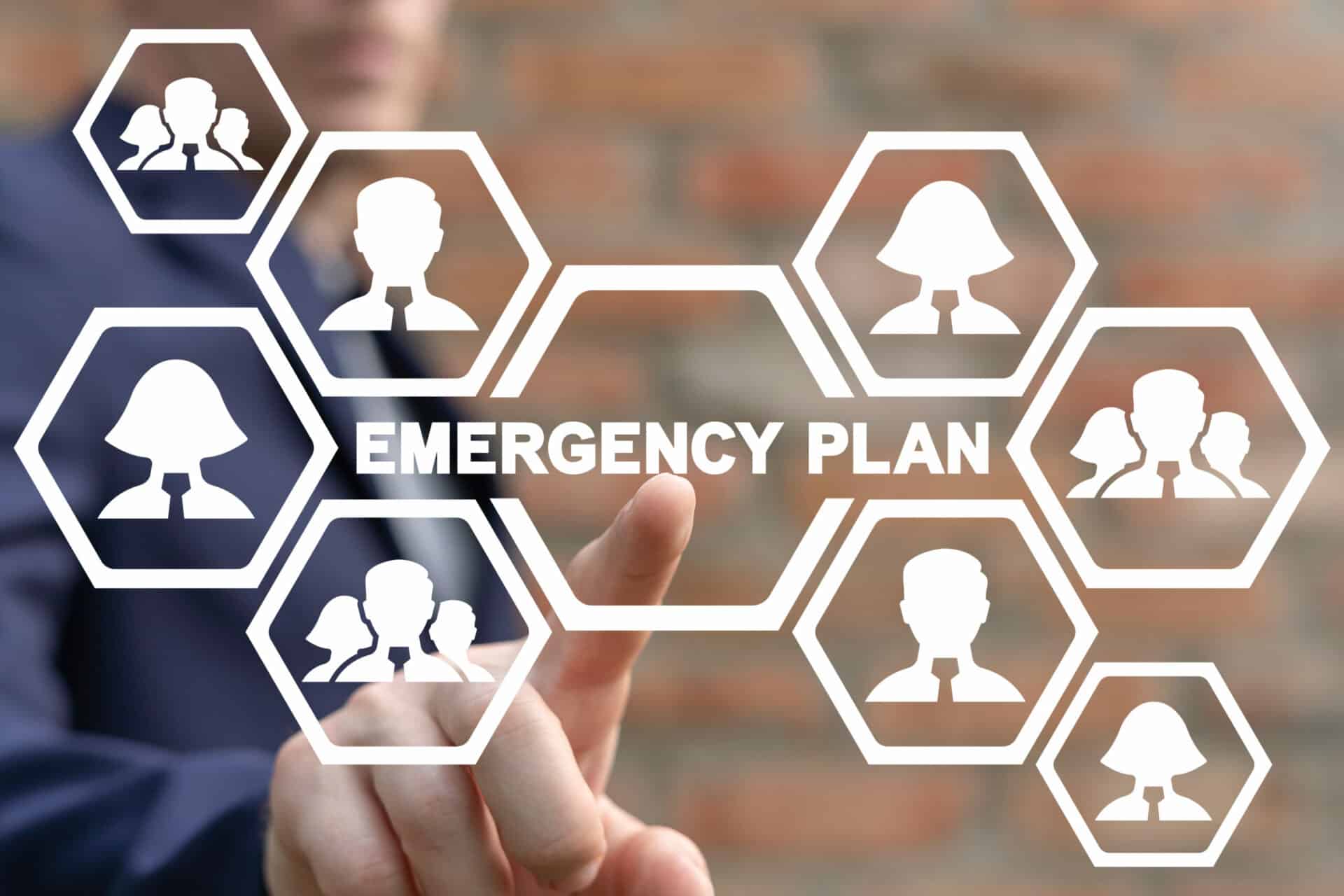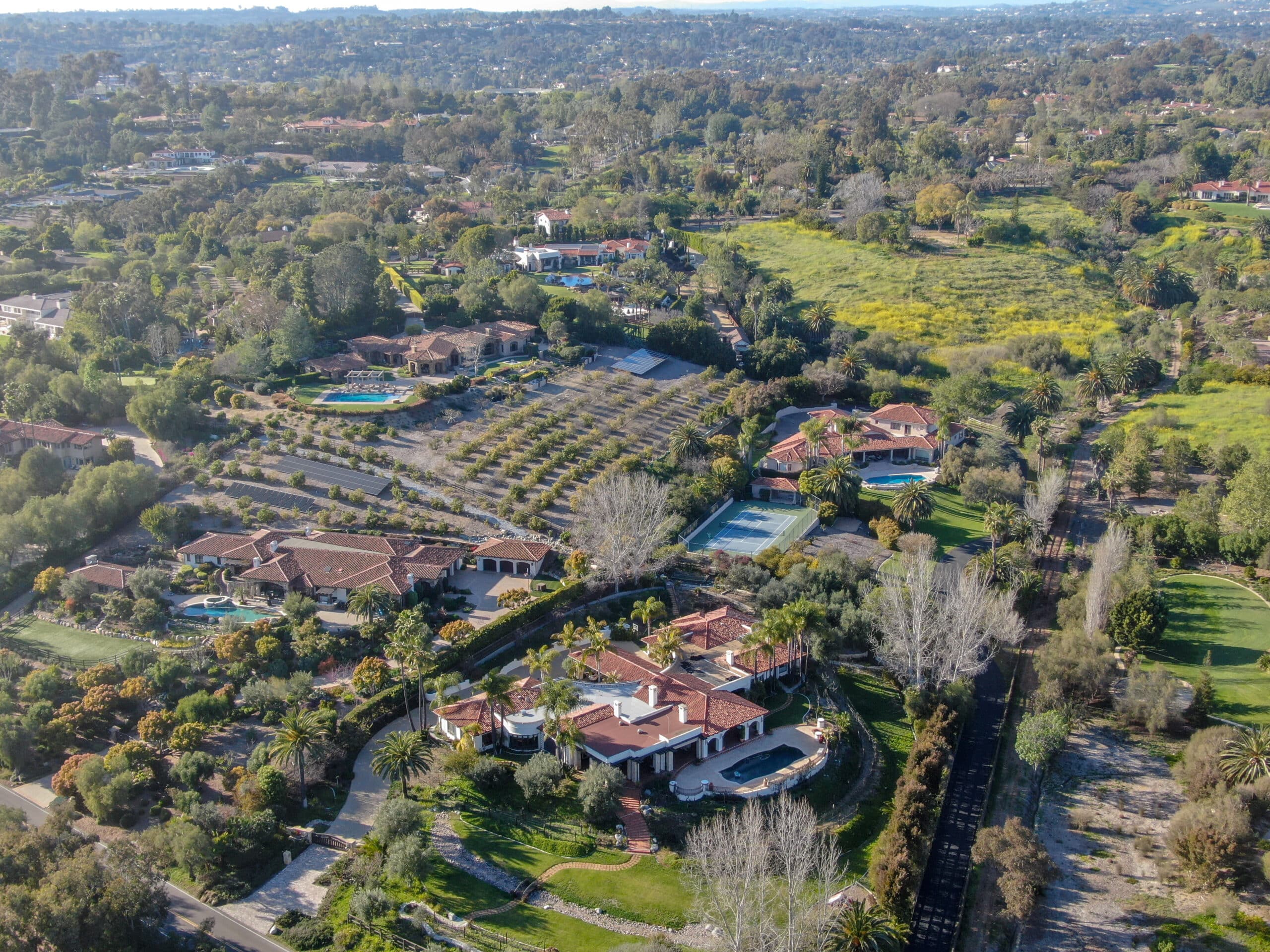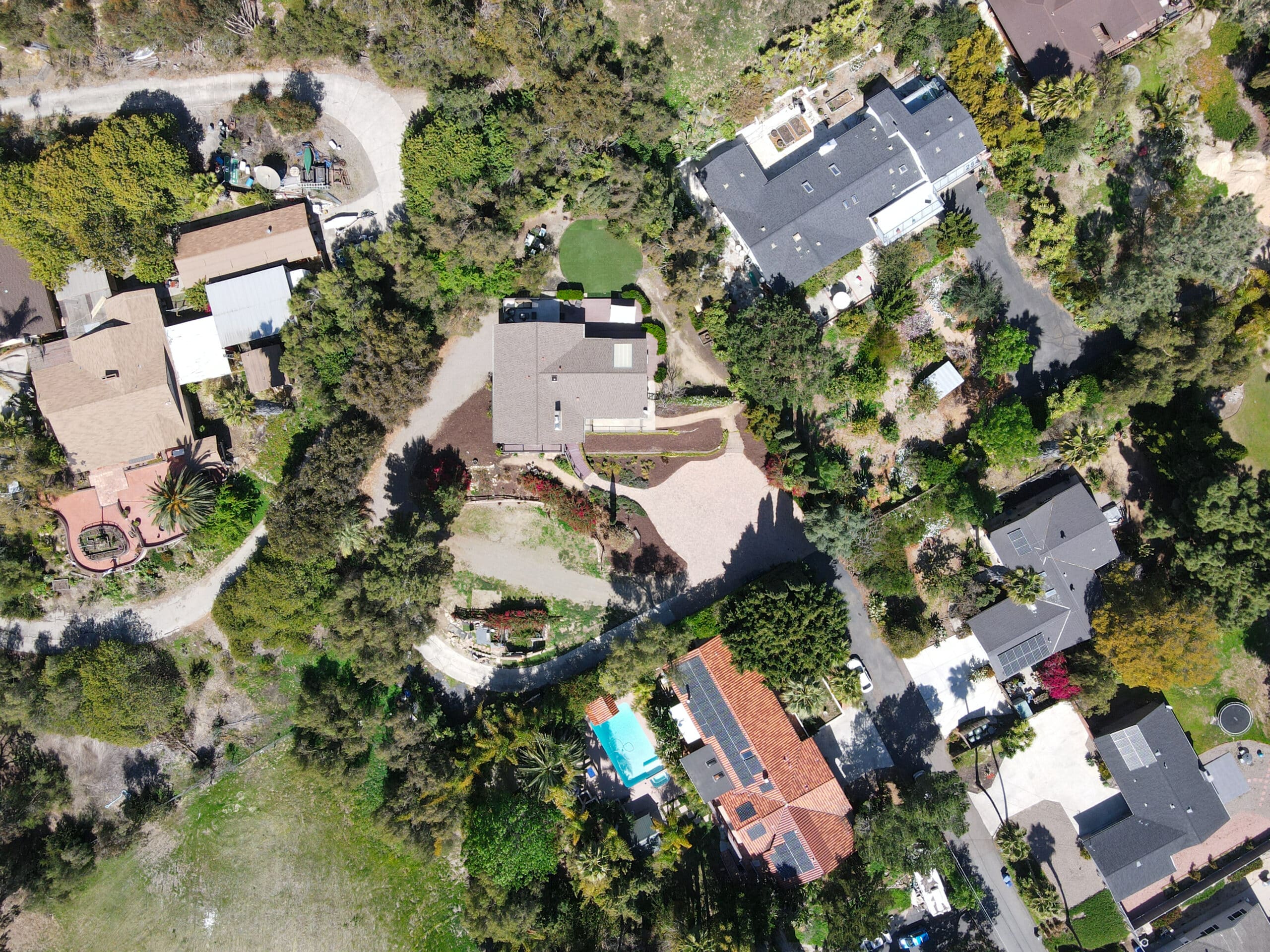Estimated reading time: 12 minutes
In American cities, safety and danger often exist side by side, creating complex urban environments. Residents of the most dangerous cities in the US navigate a tapestry of challenges that extend beyond the ordinary. This article delves into a comprehensive suite of strategies to empower individuals and communities in these high-risk areas. Through advanced security protocols, community engagement, and personal vigilance, we explore how residents can fortify their safety.
Table of contents
- Understanding the Risks: The Realities of Living in High-Danger Zones
- Fortifying the Home: Advanced Security Measures for Residents
- Navigating the Public Sphere: Safety Strategies Beyond the Home
- Engaging with Law Enforcement: Building Bridges for Community Safety
- Mental Health and Well-being: Coping with the Stress of a High-Risk Environment
- Education and Empowerment: Knowledge as a Tool for Safety
- Enhancing Environmental Design: Urban Planning for Safety
- Building a Resilient Community: The Role of Unity and Collective Effort
- Conclusion
Understanding the Risks: The Realities of Living in High-Danger Zones
Analyzing Crime Statistics and Trends
To adopt effective safety measures, residents must understand the risks associated with living in the most dangerous city in the US. This involves thoroughly analyzing crime statistics, trends, their frequency, and the areas or times they are most likely to occur. Law enforcement agencies often publish detailed crime reports making it accessible to the public. Understanding these statistics is the first step in creating a personalized and proactive safety strategy. It’s not just about knowing the numbers; it’s about interpreting what they mean for daily life and routines.
The Socioeconomic Impact on Safety
The interplay between socioeconomic factors and safety in urban environments must be considered. Areas characterized by high poverty rates, unemployment, and limited access to education are often the hotbeds for criminal activities. Understanding the socioeconomic landscape is crucial for residents as it shapes the nature and extent of their risks. Engaging with community organizations, participating in local events, and supporting educational and employment initiatives can be instrumental in altering the socioeconomic fabric of an area, subsequently enhancing safety. Recognizing and addressing these underlying issues can lead to long-term improvements in safety and community well-being.
Personal Experiences and Perceptions of Safety
Beyond the statistics and socioeconomic factors, residents’ personal experiences and perceptions significantly shape their sense of safety. Fear of crime can sometimes be as impactful as crime itself, influencing behavior, restricting movement, and affecting mental health. Creating a dialogue around these experiences through community forums or social media platforms can foster collective problem-solving. Residents can share strategies for staying safe, offer support to one another, and work together to create a safe community.
Fortifying the Home: Advanced Security Measures for Residents
Modern Security Systems and Surveillance
The sanctity of one’s home is paramount in the quest for safety. Modern security systems offer various features to deter criminals and alert residents to threats. Technology has revolutionized home security. High-definition surveillance cameras, motion sensors, and alarm systems capture every detail around the property. Smart home systems integrate these features, allowing residents to monitor their homes remotely via smartphone apps. This technology provides real-time alerts, making a property a less attractive target for criminals.
Physical Reinforcements: Doors, Windows, and Perimeters
While technology plays a crucial role in home security, the physical fortification of the property is equally important. Deadbolt door locks, reinforced shatter-resistant glass windows, and secure, well-maintained fences can significantly enhance the safety of a home. Lighting is a critical factor. Well-lit exteriors can deter intruders and reduce the risk of unwanted visitors under darkness. Residents should regularly assess their home’s physical vulnerabilities and make necessary upgrades or repairs, ensuring their sanctuary remains impenetrable.
Community Watch and Collaborative Safety Efforts
The strength of a community in ensuring individual and collective safety cannot be overstated. Neighborhood watch programs, community patrols, and collaborative relationships with local law enforcement can significantly enhance the security of an area. These initiatives foster a culture of vigilance and mutual support, where residents look out for each other and report suspicious activities. Regular community meetings, safety workshops, and communication platforms also contribute to a well-informed and cohesive community where safety strategies are continuously developed and refined. In the most dangerous city in the US, a united community can be a formidable barrier against crime.
Navigating the Public Sphere: Safety Strategies Beyond the Home
Situational Awareness and Risk Assessment
When stepping out into the public sphere, the principles of situational awareness become crucial for personal safety. Residents of the most dangerous city in the US must cultivate a keen sense of their surroundings, constantly assessing potential risks and staying alert to unusual behaviors or situations. This means being aware of the typical activity patterns of an area, identifying safe routes and spaces, and recognizing the signs of escalating danger. Situational awareness is a skill that can be honed through practice and mindfulness, enabling individuals to detect and avoid potential threats before they escalate.
Safe Commuting: Strategies for Public Transportation and Driving
Commuting, whether by public transportation or personal vehicle, presents its own set of challenges and risks. For public transportation users, staying safe involves choosing well-lit, busy stops, traveling during peak hours when more people are around, and staying alert to fellow passengers and their behaviors. For those who drive, vehicle security is paramount. This includes parking in secure, well-lit areas, keeping doors locked and windows up, and being cautious of one’s surroundings when entering or exiting the vehicle. Both public and private commuters should have contingency plans, such as emergency contacts or alternative routes, to address unexpected situations.
Leveraging Technology for Public Safety
In today’s digital age, technology offers an additional layer of security in the public sphere. Mobile safety apps can provide real-time updates on local crime incidents, route planning to avoid high-risk areas, and features like emergency SOS buttons or location sharing with trusted contacts. When implemented with respect for privacy, public surveillance systems can also serve as a deterrent to criminal activities and aid law enforcement in maintaining public safety. Residents should proactively utilize these technological tools, ensuring they have the necessary information and resources to navigate public spaces safely.
Engaging with Law Enforcement: Building Bridges for Community Safety
Understanding and Participating in Local Law Enforcement Initiatives
Engagement with local law enforcement is a pivotal aspect of enhancing community safety, especially in the most dangerous cities in the US. Residents should seek to understand the initiatives, programs, and resources that local police departments offer. Many departments conduct community meetings, safety workshops, and neighborhood patrols to build trust and collaboration with residents. Participating in these initiatives helps individuals better understand law enforcement’s strategies to maintain safety. It provides a platform for voicing concerns, sharing insights about the community, and receiving guidance on personal and collective safety strategies.
Establishing Effective Communication Channels
Effective communication between residents and law enforcement is fundamental to addressing safety concerns and fostering a proactive approach to crime prevention. Establishing precise and reliable communication channels ensures that residents can swiftly report crimes, suspicious activities, or safety concerns and receive timely responses. Many law enforcement agencies now use social media platforms, dedicated hotlines, and community liaison officers to facilitate communication. Residents should be informed about these channels and encouraged to use them, understanding that timely and accurate information can prevent or address criminal activities.
Collaborative Programs and Community Policing
Community policing represents a strategy where law enforcement and community members collaborate to identify and solve public safety concerns. This approach involves creating partnerships between police and community-based organizations, fostering mutual trust and respect, and working together towards common safety goals. Residents can participate in or even initiate community policing programs like neighborhood watch groups, youth mentorship programs, or community cleanup events. These collaborative efforts enhance safety directly and strengthen community bonds, create a shared sense of responsibility for public safety, and promote a more harmonious coexistence between law enforcement and residents.
Mental Health and Well-being: Coping with the Stress of a High-Risk Environment
Recognizing the Psychological Impact of Crime
Living in the most dangerous city in the US can take a significant toll on an individual’s mental health and well-being. The constant exposure to crime, or the fear of it, can lead to heightened stress, anxiety, and even trauma. Recognizing the psychological impact of these conditions is the first step toward addressing them. Residents should be aware of the signs of stress and trauma in themselves and others. Symptoms can vary widely, from changes in sleep patterns and appetite to feelings of helplessness and avoidance of certain places or situations. Acknowledging these symptoms is crucial for seeking appropriate support and care.
Accessing Mental Health Resources
Access to mental health resources is essential for residents living under the constant stress of a high-risk environment. Local health departments, community centers, and non-profit organizations often provide counseling services, support groups, and mental health programs. These resources offer a safe space for individuals to express their concerns, cope with their experiences, and receive professional support. Additionally, online platforms and telehealth services have made mental health support more accessible, allowing residents to seek help discreetly and conveniently. Building a supportive network, whether through professional services, family, or community groups, can significantly mitigate the mental health challenges posed by living in a high-risk area.
Promoting Community Resilience and Support Systems
Fostering community resilience is a powerful way to combat the adverse effects of living in a high-risk environment. Community resilience is built through strong, supportive networks where residents look out for each other, offer support during difficult times, and work together to promote collective well-being. Initiatives such as community centers, local support groups, and social activities can play a pivotal role in building this sense of community. These platforms provide emotional support and promote a sense of belonging and mutual care, reinforcing that residents are not alone in their experiences and that there is strength and safety in unity.
Education and Empowerment: Knowledge as a Tool for Safety
Promoting Safety through Educational Programs
Education is a cornerstone in the foundation of a safe community, especially in areas known as the most dangerous cities in the US. Knowledge empowers residents to make informed decisions, recognize potential threats, and adopt effective safety strategies. Educational programs focusing on personal safety, legal rights, and crime prevention can be instrumental in equipping residents with the necessary tools to protect themselves and their families. Schools, community centers, and local organizations often offer workshops or courses covering self-defense, digital security, and emergency response, providing valuable skills that enhance personal and community safety.
Empowering Youth: Focusing on the Next Generation
Empowering youth is critical in transforming the safety landscape of high-risk urban areas. Engaging young people through education, mentorship, and positive community involvement can steer them away from potential pathways to crime. Programs focusing on skill development, career guidance, and constructive recreational activities provide alternatives to negative influences and foster a sense of purpose and belonging. By investing in the youth, communities can cultivate a generation that contributes positively to their environment and acts as ambassadors of safety and positive change.
Leveraging Community Resources for Lifelong Learning
Continuous learning and development are vital in adapting to evolving safety challenges. Communities in the most dangerous cities in the US can leverage local resources to promote lifelong learning and empowerment. Libraries, community colleges, and online platforms offer a wealth of knowledge and skills training accessible to all residents. Encouraging participation in these resources helps build a community culture that values education and self-improvement, creating a more resilient and informed population. Through these collective learning experiences, residents improve their capabilities and contribute to their community’s overall safety and progress.
Enhancing Environmental Design: Urban Planning for Safety
Crime Prevention Through Environmental Design (CPTED)
Crime Prevention Through Environmental Design (CPTED) is a multidisciplinary approach to deterring criminal behavior through urban and environmental design. This strategy focuses on properly designing and effectively using the built environment, reducing the incidence and fear of crime, and improving the quality of life. Fundamental principles include natural surveillance, whereby the physical design allows for maximum visibility; natural access control, which guides people entering and leaving a space; and territorial reinforcement, using physical attributes to express ownership, such as fences and signage. Implementing CPTED principles can significantly enhance the safety of a community, making the most dangerous city in the US safer for its residents.
Safe Public Spaces: Parks, Streets, and Community Areas
The design and maintenance of public spaces play a crucial role in community safety. Well-lit, clean, and actively used parks and streets are less likely to be hotspots for crime. Strategies such as ensuring regular maintenance, promoting community events, and encouraging local businesses to thrive in these areas can transform public spaces into safe, vibrant parts of the community. Furthermore, involving residents in the planning and upkeep of these spaces improves their safety and fosters a sense of pride and ownership among community members, further discouraging criminal activities.
Infrastructure and Technology: Smart Cities for Enhanced Safety
Integrating technology into urban infrastructure offers new avenues for enhancing safety in the most dangerous cities in the US. Innovative city initiatives utilize data and technology to improve the efficiency of services and the quality of life for residents. Features such as intelligent lighting, brightening when motion is detected, or emergency call stations strategically placed around the city can significantly enhance public safety. Additionally, using surveillance systems and data analytics helps monitor urban areas and predict potential crime hotspots, allowing for timely interventions by law enforcement. By investing in intelligent infrastructure, cities can create safer, more resilient urban environments.
Building a Resilient Community: The Role of Unity and Collective Effort
Fostering a Culture of Cooperation and Mutual Support
In the most dangerous cities in the US, the fabric of the community plays a decisive role in the safety and well-being of its members. Fostering a culture of cooperation and mutual support involves nurturing strong relationships among neighbors, local businesses, and community organizations. Initiatives such as community gatherings, regional support groups, and cooperative projects can strengthen bonds among residents, creating a united front against crime and adversity. When community members know and care for each other, they are more likely to look out for one another, report suspicious activities, and assist in times of need, thereby enhancing the collective safety and resilience of the community.
Encouraging Active Participation in Community Decision-Making
Active participation in community decision-making ensures that the voices of all residents are heard and considered in shaping their neighborhood’s safety strategies and policies. Encouraging residents to attend town hall meetings, participate in local elections, and engage with community leaders empowers them to contribute to developing and implementing safety measures that address their specific concerns and needs. When residents are involved in the decision-making process, they are more likely to feel a sense of ownership and responsibility for their community, fostering a proactive attitude towards safety and cooperation.
Leveraging Collective Resources for Enhanced Safety
A community’s collective resources can significantly enhance safety and security when effectively leveraged. Pooling resources to invest in neighborhood improvements, such as better lighting, community surveillance systems, or recreational facilities for youth, can substantially enhance residents’ quality of life and safety. Collaborations between businesses, non-profits, and local government can also result in the implementation of comprehensive safety programs, such as community patrols or emergency response teams. By working together and pooling resources, communities can create a robust safety network that protects and supports all its members.
The journey towards safety in America’s most dangerous cities is complex and challenging. However, residents can significantly improve their safety and well-being through a multifaceted approach encompassing understanding risks, fortifying homes, navigating public spaces safely, engaging with law enforcement, prioritizing mental health, promoting education and empowerment, enhancing environmental design, and building resilient communities. Through the collective effort, resilience, and unity of individuals and communities, the tide of safety can transform the most dangerous cities into strongholds of security and prosperity.
Conclusion
In conclusion, navigating the intricate landscape of America’s most dangerous cities demands a multifaceted and proactive approach. Empowered residents who deeply understand their environment can implement various strategies to safeguard their homes. The foundation of safety in high-risk areas is built upon a thorough understanding of local crime statistics, socioeconomic dynamics, and personal experiences.
Ultimately, the heart of safety in America’s most dangerous cities lies in the strength and unity of its residents. Cultivating a culture of cooperation, encouraging active participation in community decision-making, and leveraging collective resources can significantly enhance individuals’ and neighborhoods’ overall safety and well-being. This comprehensive approach, combining personal vigilance, community collaboration, technological innovation, and strategic planning, paves the way towards transforming these high-risk urban areas into bastions of safety and resilience.












